Growing E-commerce and Online Retail
The rise of e-commerce has profoundly impacted the Intimate Wear Market, facilitating greater accessibility for consumers. Online platforms allow brands to reach a wider audience, breaking geographical barriers that previously limited market penetration. Data suggests that online sales of intimate wear have surged, with many consumers preferring the convenience and privacy of shopping from home. This trend is further supported by the increasing use of mobile devices for shopping, which enhances the overall consumer experience. As e-commerce continues to expand, it is expected to play a pivotal role in shaping the future of the Intimate Wear Market.
Increased Focus on Health and Wellness
The growing emphasis on health and wellness is emerging as a vital driver in the Intimate Wear Market. Consumers are becoming more conscious of the materials used in their intimate apparel, seeking options that promote comfort and skin health. This trend is reflected in the rising demand for organic and hypoallergenic fabrics, which are perceived as healthier alternatives. Market Research Future indicates that consumers are willing to invest in intimate wear that aligns with their wellness goals, suggesting a potential shift in purchasing behavior. As awareness of health-related issues continues to rise, the Intimate Wear Market is likely to adapt by offering products that cater to these evolving consumer preferences.
Technological Advancements in Fabrication
The Intimate Wear Market is experiencing a notable transformation due to technological advancements in fabric production. Innovations such as moisture-wicking fabrics, seamless construction, and 3D knitting techniques are enhancing comfort and fit. These developments cater to the increasing consumer demand for high-performance intimate wear that combines functionality with style. According to recent data, the market for performance fabrics is projected to grow significantly, indicating a shift towards more technical offerings in the intimate wear segment. As brands adopt these technologies, they are likely to attract a broader customer base, thus driving growth in the Intimate Wear Market.
Shift Towards Personalization and Customization
Personalization is becoming a key driver in the Intimate Wear Market, as consumers increasingly seek products that reflect their individual preferences. Brands are leveraging data analytics and customer feedback to offer customized options, from size to style. This trend is particularly evident in the rise of made-to-order intimate wear, which caters to diverse body types and personal tastes. Market data indicates that personalized products can command higher price points, thus enhancing profitability for brands. As the demand for unique and tailored experiences grows, the Intimate Wear Market is likely to see a significant shift towards more personalized offerings.
Influence of Social Media and Celebrity Endorsements
The Intimate Wear Market is significantly influenced by social media platforms and celebrity endorsements. Brands are increasingly collaborating with influencers to reach target demographics, particularly younger consumers who are highly engaged on these platforms. This strategy not only enhances brand visibility but also fosters a sense of community among consumers. Data shows that intimate wear brands that effectively utilize social media marketing experience higher engagement rates and sales conversions. As the impact of social media continues to evolve, it is expected to remain a crucial driver in shaping consumer perceptions and purchasing decisions within the Intimate Wear Market.


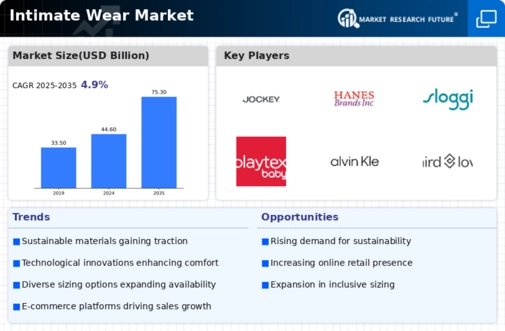
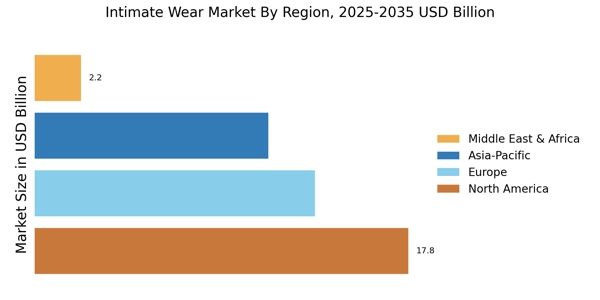

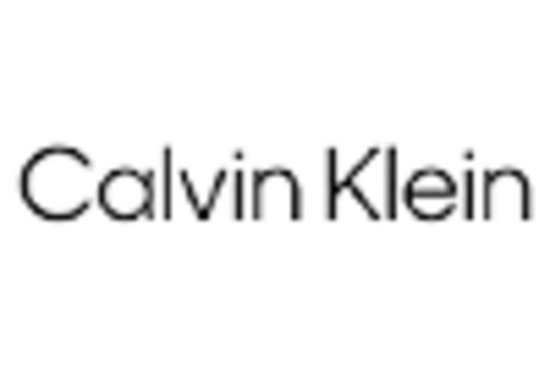
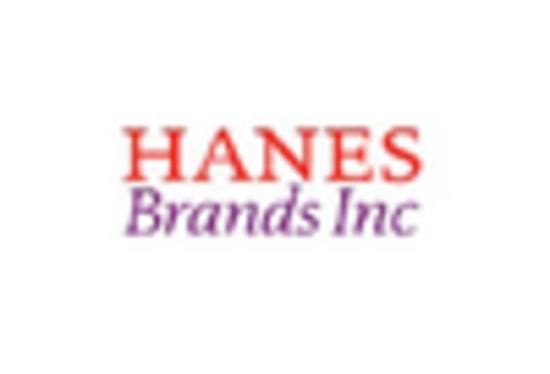
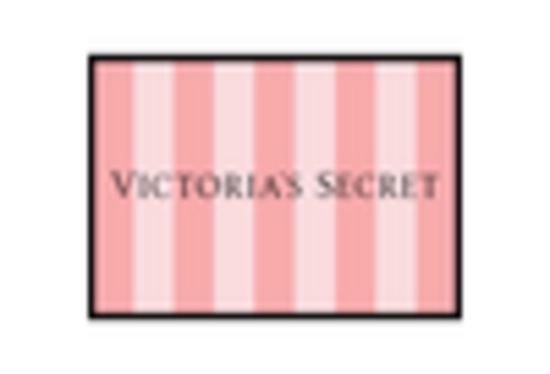










Leave a Comment